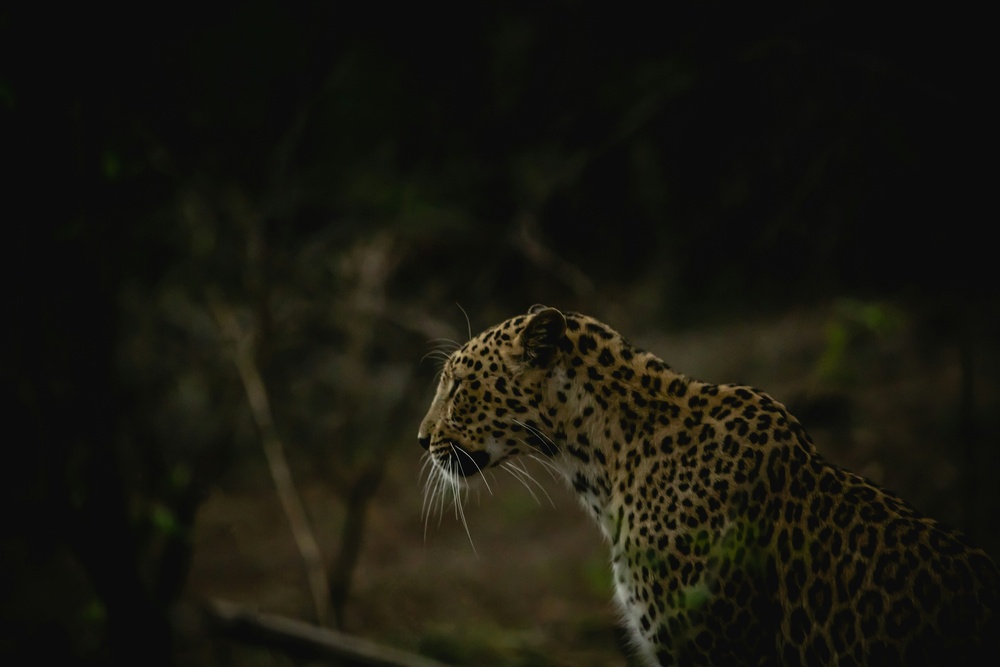
India, a land of rich biodiversity and varied landscapes, is home to over 100 national parks and more than 500 wildlife sanctuaries. These protected areas serve as havens for a vast array of flora and fauna and are key to the country’s conservation efforts. Whether you’re a wildlife enthusiast, bird watcher, photographer, or simply a nature lover, visiting wildlife sanctuaries & national parks in India offers a rare chance to witness untamed nature up close.
From the majestic Bengal tiger to the elusive snow leopard, from swampy mangroves to arid deserts — each sanctuary and park tells its own unique story. Let’s explore the wonders of India’s wildlife havens and why they should be on every traveler’s itinerary.
Why Explore Wildlife Sanctuaries & National Parks?
- Conservation Efforts:
These protected areas are crucial for preserving endangered species, ecosystems, and biodiversity. - Wildlife Encounters:
Experience thrilling sightings of animals like tigers, elephants, leopards, rhinos, and hundreds of bird species in their natural habitats. - Eco-Tourism Opportunities:
Support sustainable travel while enjoying safaris, nature walks, and eco-friendly accommodations. - Educational Value:
Learn about diverse ecosystems, forest types, animal behavior, and local conservation practices. - Photography & Adventure:
Capture stunning landscapes and action-packed moments in some of the world’s most photogenic wild terrains.
Top Wildlife Sanctuaries & National Parks in India
- Jim Corbett National Park, Uttarakhand
India’s first national park and the birthplace of Project Tiger, Corbett offers thrilling jeep safaris in dense sal forests and grasslands, home to tigers, elephants, and over 650 bird species. - Kaziranga National Park, Assam
A UNESCO World Heritage Site, Kaziranga is famous for its one-horned rhinoceroses. Other highlights include swamp deer, wild water buffalo, and migratory birds. - Ranthambore National Park, Rajasthan
Known for its royal Bengal tiger sightings and historic Ranthambore Fort, this park’s dry deciduous forest is ideal for wildlife photography. - Sundarbans National Park, West Bengal
A unique mangrove ecosystem and the only place where tigers are known to swim. Explore the region via boat safaris and witness exotic bird and reptile species. - Bandhavgarh National Park, Madhya Pradesh
With the highest density of tigers in India, Bandhavgarh is a must-visit for big cat enthusiasts. It’s also home to leopards, deer, and historical cave paintings. - Gir National Park, Gujarat
The only natural habitat of the Asiatic lion. Gir also shelters hyenas, leopards, and over 300 species of birds. - Periyar Wildlife Sanctuary, Kerala
Famous for boat safaris on the Periyar Lake, this sanctuary is ideal for spotting elephants, gaur (Indian bison), and a variety of flora. - Kanha & Pench National Parks, Madhya Pradesh
These lush forests inspired Kipling’s The Jungle Book. Expect to see tigers, leopards, barasingha, and vibrant birdlife. - Hemis National Park, Ladakh
India’s largest national park and home to the elusive snow leopard, blue sheep, and high-altitude species in a stunning trans-Himalayan landscape. - Bhitarkanika Wildlife Sanctuary, Odisha
Famous for saltwater crocodiles, mangroves, and rare migratory birds, this sanctuary is often dubbed the “mini-Sundarbans” of the east.
Unique Wildlife Experiences in India
- Tiger Safaris: Ranthambore, Bandhavgarh, Tadoba
- Bird Watching: Bharatpur (Keoladeo), Chilika Lake, Ranganathittu
- Elephant Reserves: Mudumalai, Nagarhole, and Theppakadu camps
- Desert Wildlife: Desert National Park, Rajasthan (great Indian bustard)
- Wetland Habitats: Harike Wetlands, Pong Dam, and Sambhar Lake
Best Time to Visit Wildlife Sanctuaries & National Parks
- October to June: Ideal for most parks across India as animals are more visible.
- March to May (Summer): Best for tiger sightings around water holes.
- November to February (Winter): Great for migratory bird watching and pleasant weather.
- Monsoon (July to September): Many parks are closed, but some sanctuaries remain open and lush, like Periyar and Wayanad.
What to Expect in a Wildlife Tour Package
- Accommodation: From forest guesthouses and eco-lodges to luxury jungle resorts.
- Safari Options: Jeep, canter, elephant-back, or boat safaris depending on park regulations.
- Expert Naturalists & Guides: Enhance your understanding of wildlife behavior and tracking.
- Meals & Transport: Often included in packages, especially in remote forest regions.
- Permits & Fees: Entry permits, camera charges, and guide fees arranged in advance.
Responsible Wildlife Tourism Tips
- Always follow park rules and guide instructions.
- Maintain silence and avoid disturbing animals with flash photography.
- Do not feed or approach wild animals.
- Carry reusable water bottles and eco-friendly essentials.
- Support local communities by choosing local guides and sustainable resorts.
Final Thoughts
Wildlife sanctuaries & national parks in India offer some of the most exhilarating and enriching travel experiences. They are windows into the wild heart of the country, where nature rules and every moment is filled with awe. Whether it’s hearing the roar of a tiger, spotting a hornbill in flight, or simply breathing in the pure forest air, these places leave an indelible mark on the soul.
So, if you’re yearning for an adventure that brings you closer to Earth’s wonders, it’s time to go wild — responsibly, sustainably, and with curiosity in your heart.







